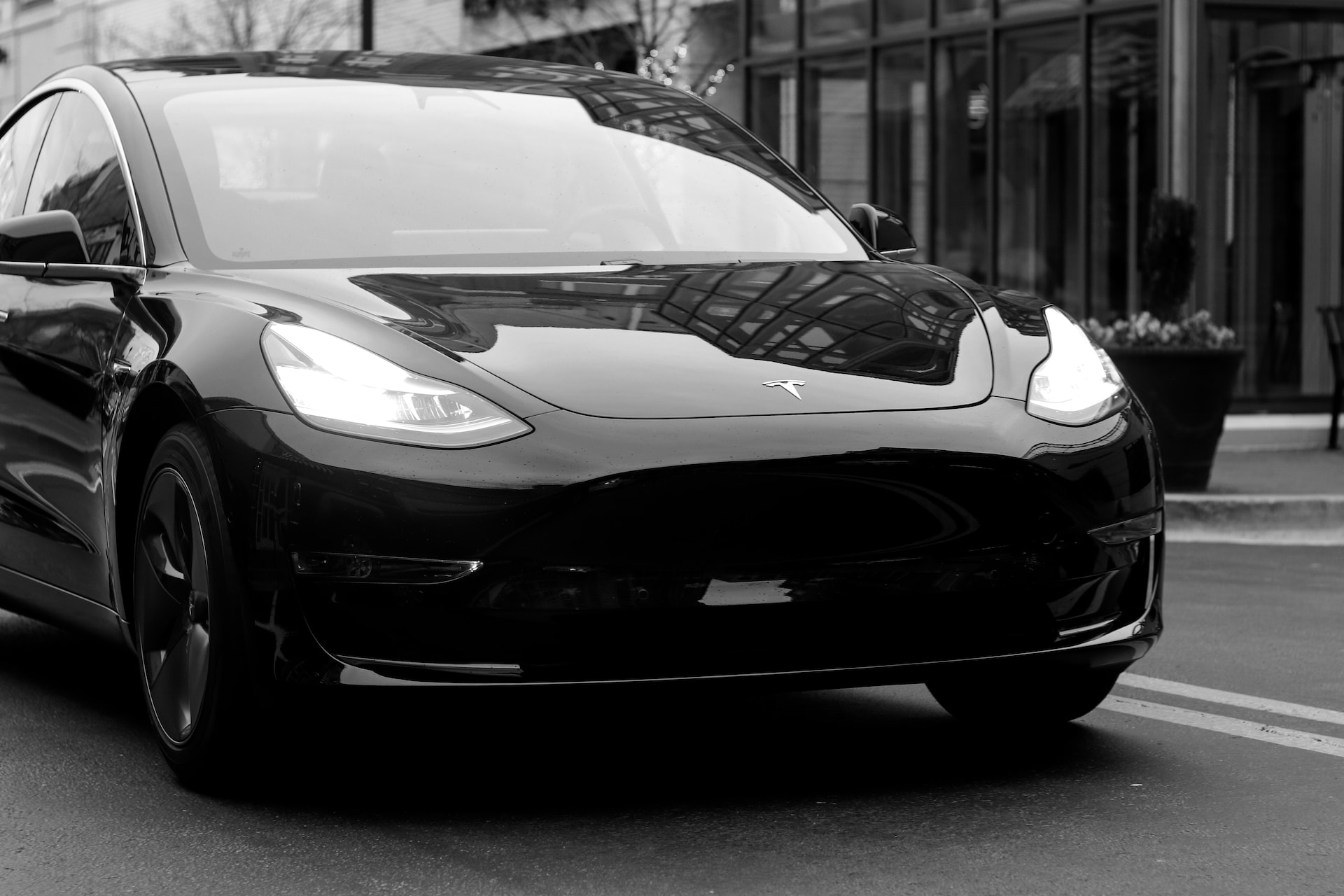Introduction
The auto industry is currently experiencing a seismic shift as Tesla, the pioneer of electric vehicles, makes waves with its decision to lower prices. This move has created a ripple effect throughout the industry, leaving other automakers grappling with the consequences and forced to reassess their own pricing strategies. In this article, we delve into the implications of Tesla’s pricing disruption and examine how the auto industry is responding to this transformative change.
Unprecedented Price Reduction
Tesla’s decision to lower its prices has been unprecedented in the industry. By making electric vehicles more affordable, Tesla aims to accelerate the adoption of sustainable transportation and broaden its customer base. This bold move has sent shockwaves through the auto industry, forcing competitors to question their own pricing models and confront the challenge of matching Tesla’s affordability without compromising on quality.
A Paradigm Shift
Tesla’s price reduction represents a paradigm shift in the way consumers perceive electric vehicles. Historically, electric cars were often associated with higher price tags, limiting their accessibility to a niche market. However, Tesla’s commitment to affordability has shattered this perception and made electric vehicles a viable option for a broader range of consumers. This has not only disrupted the established market dynamics but also prompted other automakers to reconsider their approach to pricing.
Competitive Pressure
Tesla’s lower prices have placed significant competitive pressure on traditional automakers. In an industry known for its tight profit margins, competing with Tesla’s aggressive pricing strategy presents a formidable challenge. Competitors must find innovative ways to reduce costs, optimize production processes, and leverage economies of scale to stay competitive in a rapidly evolving market. Failure to do so may result in diminished market share and loss of relevance in the era of electric mobility.
Reshaping Consumer Expectations
Tesla’s pricing disruption has also reshaped consumer expectations. The affordability of Tesla’s electric vehicles has raised the bar for the entire industry, compelling other automakers to reconsider their value propositions and prioritize competitive pricing. Consumers now demand more affordable options without compromising on performance, range, or advanced features. As a result, automakers must navigate the delicate balance between affordability and maintaining profitability.
The Electric Vehicle Ecosystem
Tesla’s price reduction has the potential to fuel the growth of the electric vehicle ecosystem as a whole. Lower prices make electric cars more attractive to a wider audience, leading to increased demand and, subsequently, more charging infrastructure development. This, in turn, reinforces the appeal of electric vehicles and contributes to the expansion of a sustainable transportation network. However, it also places additional pressure on industry stakeholders to ramp up their charging infrastructure investments to meet the growing demand.
Innovating for the Future
Tesla’s pricing disruption has catalyzed innovation within the auto industry. As competitors strive to keep pace with Tesla’s affordability, they are compelled to invest in research and development, explore new technologies, and optimize their manufacturing processes. This drive for innovation is not only focused on reducing costs but also on enhancing the overall electric vehicle experience, including advancements in battery technology, range, charging speed, and autonomous driving capabilities.
Collaboration and Partnerships
In response to Tesla’s pricing disruption, traditional automakers are increasingly exploring collaborations and partnerships with technology companies and suppliers to enhance their competitive edge. Joint ventures and alliances enable automakers to access specialized expertise, shared resources, and cost efficiencies, allowing them to better navigate the evolving market landscape and respond to the growing demand for affordable electric vehicles.
Conclusion
The consequences of Tesla’s lower prices have reverberated throughout the auto industry, igniting a wave of transformation and challenging established norms. As Tesla continues to reshape the industry, competitors are forced to adapt, innovate, and reevaluate their own strategies to stay relevant in a rapidly changing market. The era of electric mobility is upon us, and Tesla’s pricing disruption serves as a catalyst for the industry’s evolution, propelling us toward a greener, more sustainable future.











